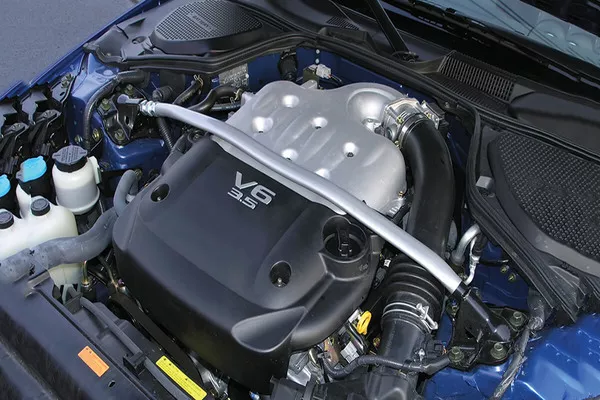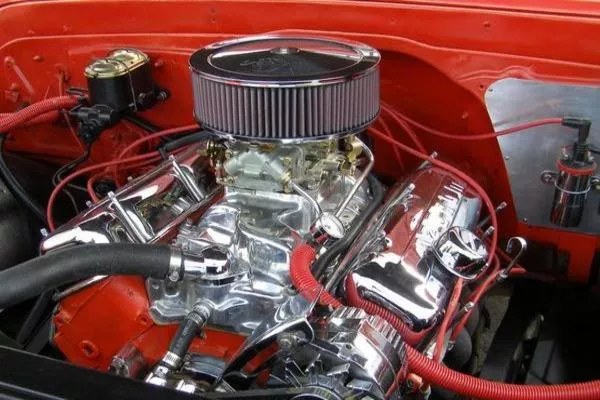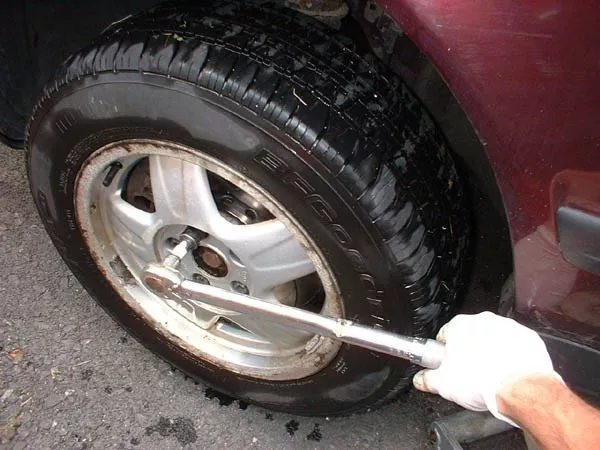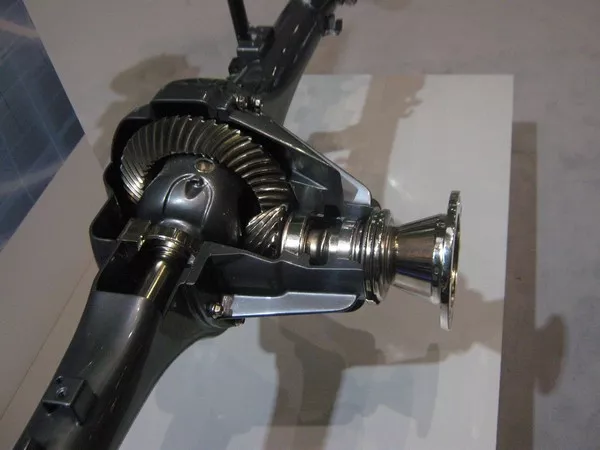If either you're a first-time car owner or you've been driving a four-wheeled vehicle all your life, surely there was a time when you heard some particular terms pertaining to automobiles that you didn’t really understand. To help you get involved in the conversation of those who know their car "stuff", we figured you need to know what these terms were and what the really means.
It won't only help you be better at conversations that involve cars but it will also give you a brief understanding of how your car works. To help you out, Philkotse.com sought out the terms and specs you needed to know and what it is for.
1. What is this “Engine”?
This particular part is like the heart of the whole unit. It is a single machine in itself that converts the effort of the other parts into a motion that makes the entire vehicle move. Like any individual piece of machinery it requires, maintenance, repair, and lubrication every once in a while.
There are usually three types of engine that are made available to the market- these are namely diesel, petrol, and electric engines. The difference between the three is the consumable elements that are necessary to run the engine.
For example, the diesel engine requires diesel, petrol engines run on fuel while electric engines require batteries that are well-charged.
>>> Related: 10 most popular car engine parts that you should know

The engine is like the heart of the whole unit
2. 4-cylinder, 6-cylinder; what is this about?
A cylinder is a part of the car that is also referred to as a chamber in layman’s term. This chamber is like a place where the fuel is sparked and is converted into power to make the car move. Now that you’ve got the main idea, it’s now easier to understand that when we describe that a car “has a 4-cylinder engine”, it means it has four of these compartments.
If a car has a 6-cylinder engine then it means it has 6 fuel-burning compartments and so on. This cylinder holds a large valve inside it that builds compression to assist the engine in igniting the fuel.
>>> Related: 4-cylinder vs 6-cylinder Engines: Pros & Cons

This chamber is like a place where the fuel is sparked and is converted into power to make the car move
3. Displacement is at 1377cc, is that good?
If you’ve ever heard of the term "cc" then you know it's meant to refer to the unit "cubic centimeters'’, but it is cubic centimeters of what exactly? In cars, there is the volume of the car engine’s cylinders and when this is measured, the unit used to determine the results are either liters or cubic centimeters. It’s mostly the cc unit that is often used universally to highlight accuracy but liters are widely appreciated as well in some countries.
To get a more virtual idea of the concept, think of a particular container that can handle 300.5 cc of water. Do you get the picture? Now imagine that you have four of those exact same containers. That leaves you with 300.5 multiplied by four equals to 1,202 cc. So what you have now is a powerful 4-cylinder engine that has a displacement of 1,202 cc. You would need to round this off and you get 1.2 liters as the displacement or 1,202 cc.
4. Horsepower - with no horses involved
We often hear “horsepower” as a big descriptive word that is used to associate with vehicles and their engine – but what does it really mean? Horsepower is actually the measured power that can be generated from an engine when it starts to turn both fuel and air into energy.
You get the idea now but why is there a horse in the name? Well for starters, it is originally believed that one single unit of horsepower is equal to the amount of power that a single horse can give, hence the name. So let’s say your car promises a horsepower of 60, then you can expect the pull-power of 60 well-bred horses.

Horsepower is actually the measured power that can be generated from an engine when it starts to turn both fuel and air into energy
5. Torque, what is this torque?
Torque usually goes hand in hand with the horsepower as per the description of the engine power of cars. If you're one of those people who are fairly unfamiliar with what torque is, well you're in luck. Torque is the engine's capability to produce a powerful force that can make wheel rotation possible. This doesn’t only apply to cars, but to almost everything that has a roaring engine and a wheel that can rotate.
The unit of measurement associated with torque is Nm, these two letters actually stand for Newton Meters. It has been a rule of thumb that you can expect a higher Nm measurement from diesel engines than those that require petrol. Another basic in the car specifications industry is that if the car has a higher torque then it usually requires fewer gears.
>>> Related:

Torque is the engine's capability to produce a powerful force that can make wheel rotation possible
6. The drivetrain where there’s no train
The drivetrain isn’t a unit of measurement if that’s what you were initially thinking. The drivetrain is actually a system that connects both the gearbox and the transmission to your vehicle’s drive axlesand. The drivetrain is divided into three categories and these are the front-wheel drive or FWD, the rear-wheel drive or RWD and then there’s the AWD that goes under a lot of other names like 4x4 and 4WD.
FWD drivetrains simply say that the rotation power is directed at the front set of wheels and makes it seem like it “pulls” the weight of the car. The RWD, on the other hand, is opposed to this and pertains that it’s the rear wheels that have the “push” power instead. The AWD is the most powerful among these and is usually present in off-road vehicles where power is required to tread on harsh roads and mud.
>>> Related: The ins & outs of car transmission and drivetrain

The drivetrain is actually a system that connects both the gearbox and the transmission to your vehicle’s drive axle sand
7. The suspension
This is a system that is also present in other types of vehicles and not just a car; in fact, it is also present in motorcycles and other modes of transport. The suspension is responsible for reducing the shock that you feel whenever you drive over a speed bump. This is a systemized arrangement of springs that if installed properly can make your driving experience smoother than ever.
>>> Related: All you need to know about the car's suspension system











